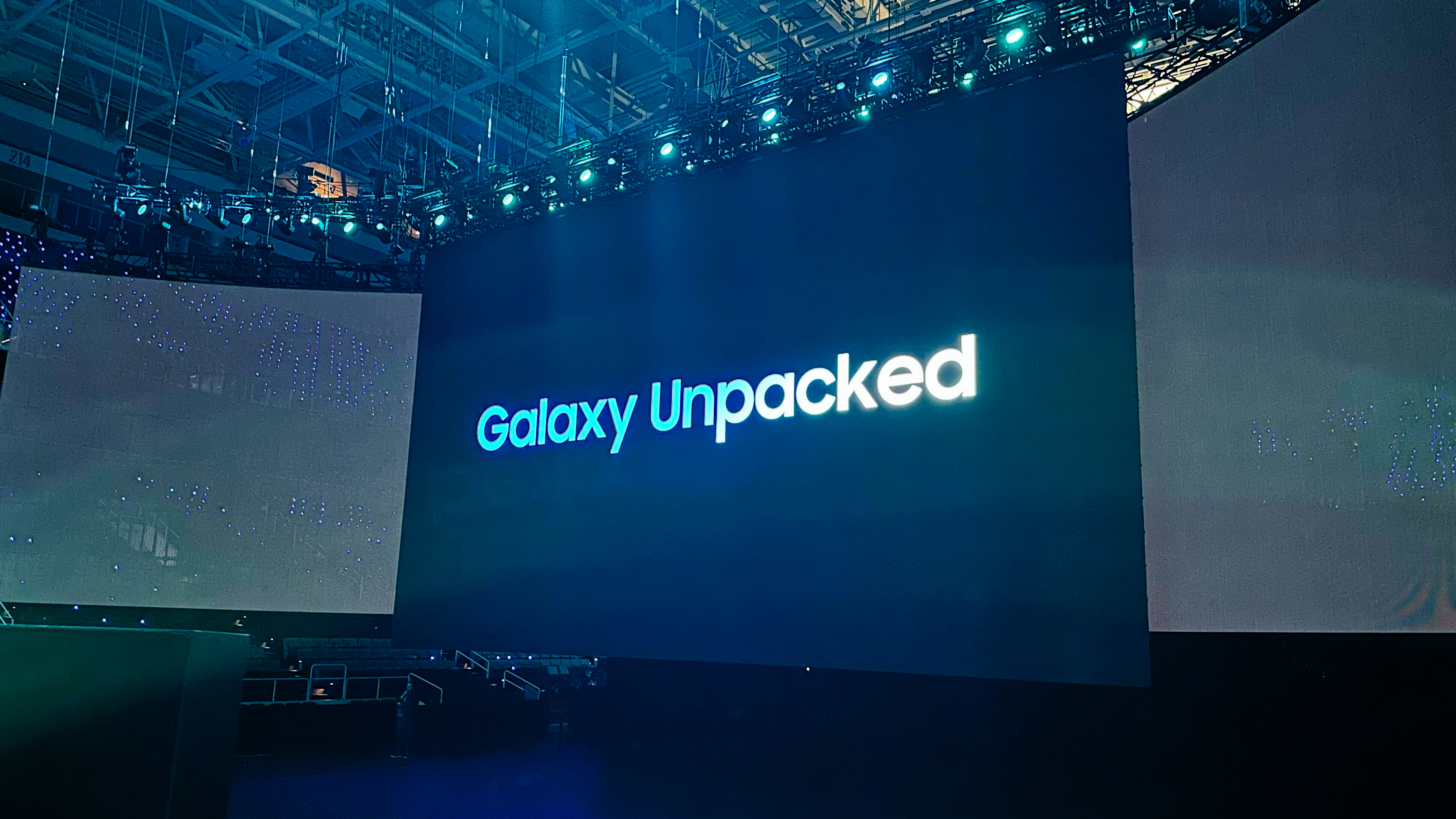This is how Nintendo aims to stop Switch 2 emulation on Android
Do as I say, not as I do.

When the Nintendo Switch launched in 2017, its custom NVIDIA Tegra X1 chip was already pretty outdated. Over the past eight years, many Android and x86 gaming handhelds offer more than enough horsepower to emulate even the most graphically intensive Switch games thanks to the likes of Ryujinx and Yuzu. But after years of mostly being quiet, Nintendo went on a DMCA spree last year, taking down the best Switch emulators, and now we know why.
Following the Nintendo Switch 2 Direct, the company published a series of articles and videos titled "Ask the Developers." As it turns out, Nintendo is doing the exact thing that it's trying to stop everyone else from doing — well, not exactly the same thing, but pretty darn close.
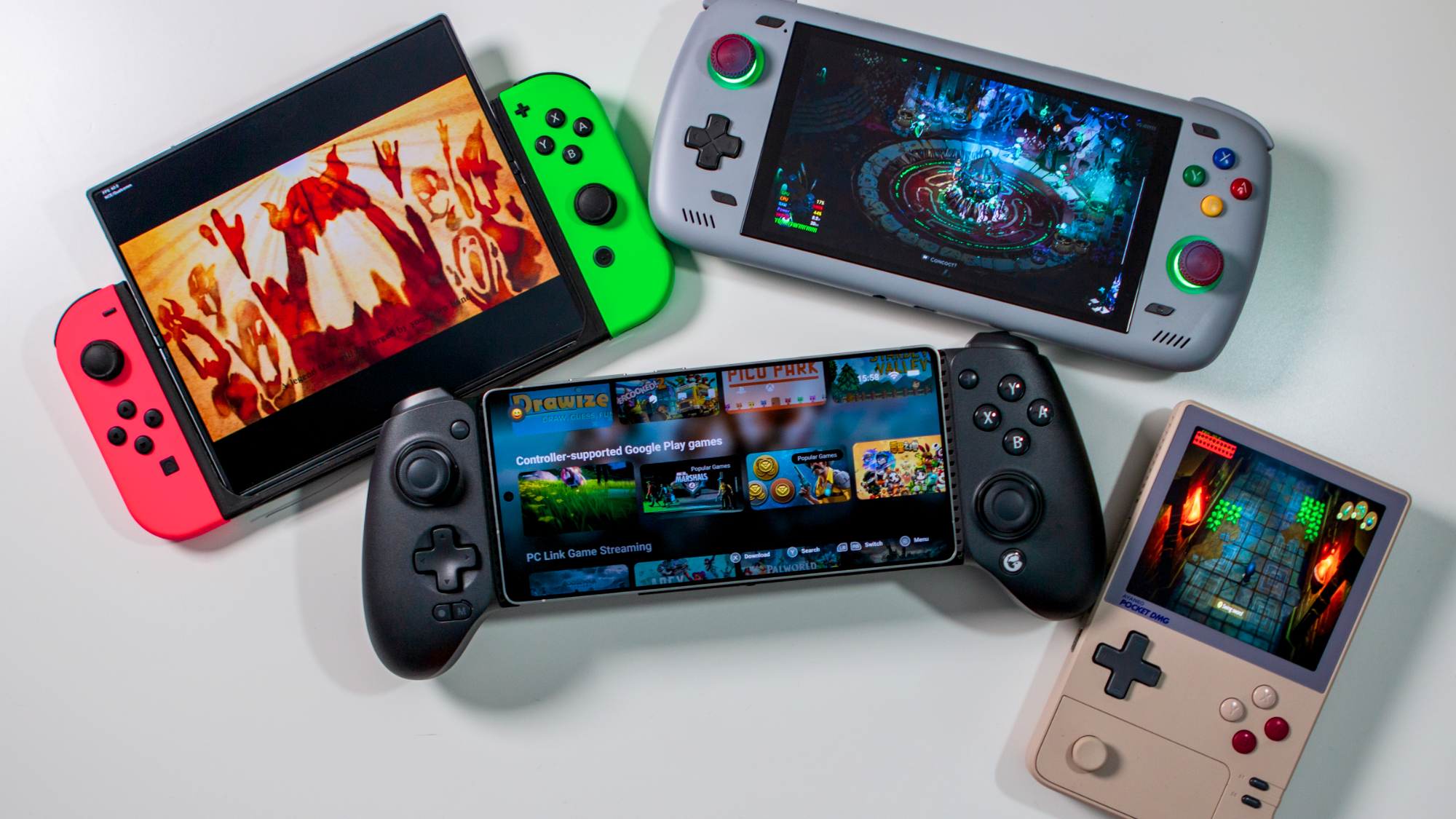
In one of the interviews published, Nintendo's Kouichi Kawamoto and Takuirho Dohta were asked about backward compatibility with original Switch games. This might seem like an odd question, but it's because the Switch 2 is reliant upon a completely different architecture compared to its predecessor. As a result, it's not exactly as simple as taking your original Breath of the Wild cartridge, putting it in the Switch 2, and start playing.
When asked, "Does that mean the Switch and Switch 2 aren't compatible at a hardware level?" Dohta responded, "If we tried to use technology like software emulators, we'd have to run Switch 2 at full capacity, but that would mean the battery wouldn't last so long, so we did something that’s somewhere in between a software emulator and hardware compatibility."
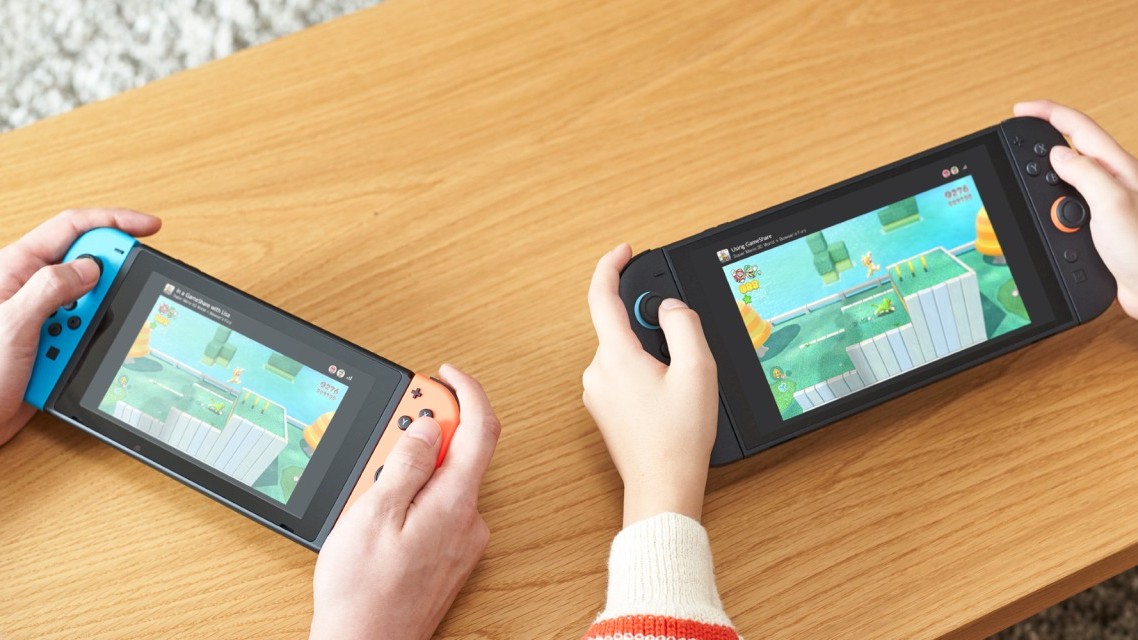
Reading between the lines a bit, it sounds to me like Nintendo wanted to just use an emulator to run Switch 1 games on the Switch 2. However, there isn't enough power in the upcoming NVIDIA chip to allow for that without severely sacrificing battery life. It's a common problem with Android and x86 handhelds as newer consoles just chew through battery like there's no tomorrow.
To combat this problem, Nintendo took a slightly different approach, introducing something like a translation layer to relieve some of the pressure. This isn't unheard of, as Apple's M-series processors rely on Rosetta, and just last year, Microsoft introduced its Prism layer to accompany the Snapdragon Arm chips found in the latest Surface Laptop and Surface Pro models.
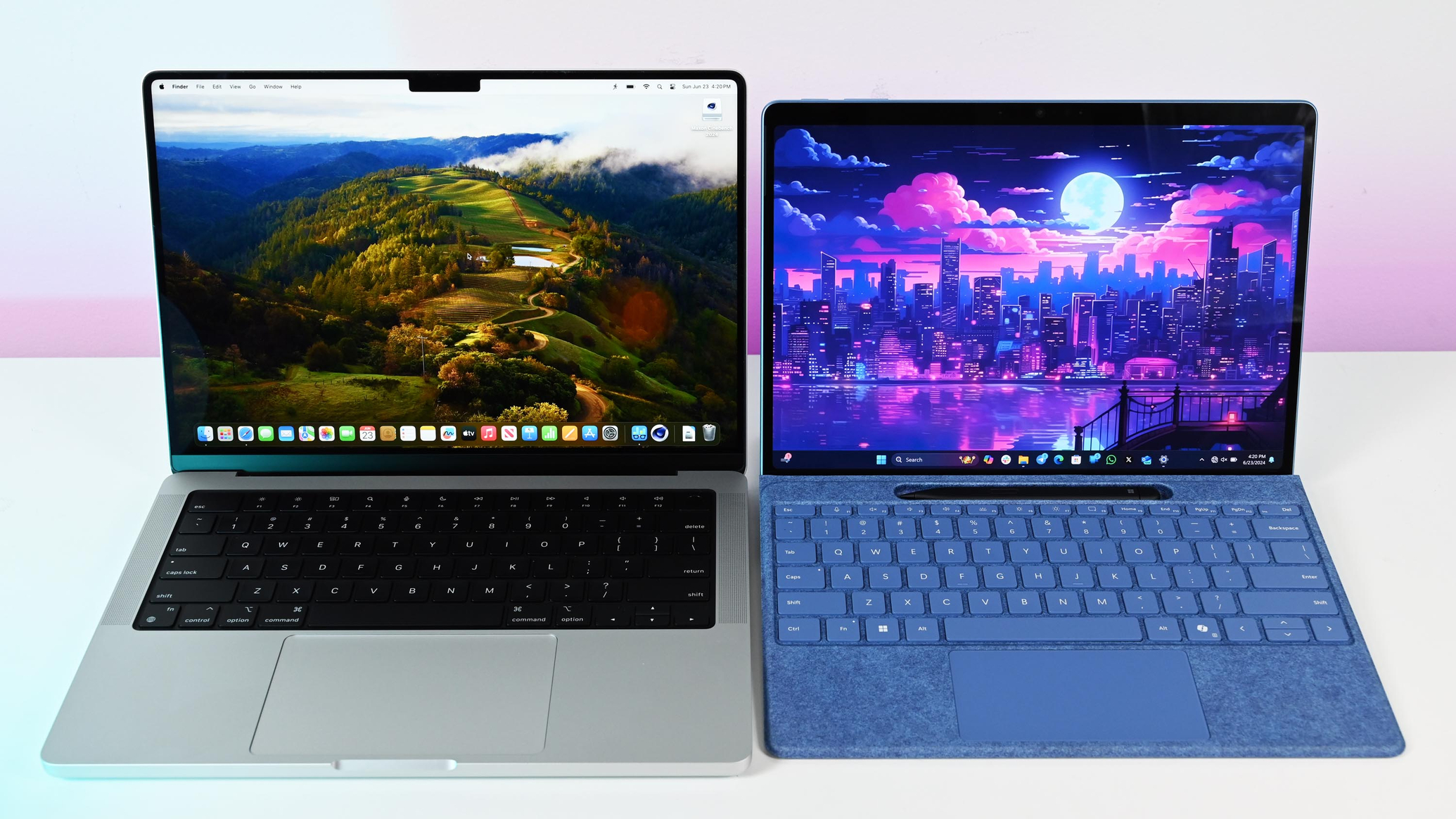
However, there's another layer (pun intended) to how we're going to be able to play Switch 2 games, and I have a feeling it's Nintendo's way of trying to prevent, or at least slow down, Switch 2 emulation.
Be an expert in 5 minutes
Get the latest news from Android Central, your trusted companion in the world of Android
Currently, when you buy a physical Switch game, all of the game data and information is held on that cartridge. Slot it into your Switch, and it might need to install an update, but generally, you can just start playing.
For certain Switch 2 games, that won't be the case, as the physical cartridge is nothing more than a "Game Key Card." This means that you'll spend your hard-earned money, put the Game Cart into your Switch 2, and then wait until the game is actually downloaded from the cloud. It's sure to be a frustrating solution for some, but it's practically identical to what we've dealt with on Xbox and PlayStation consoles for years.
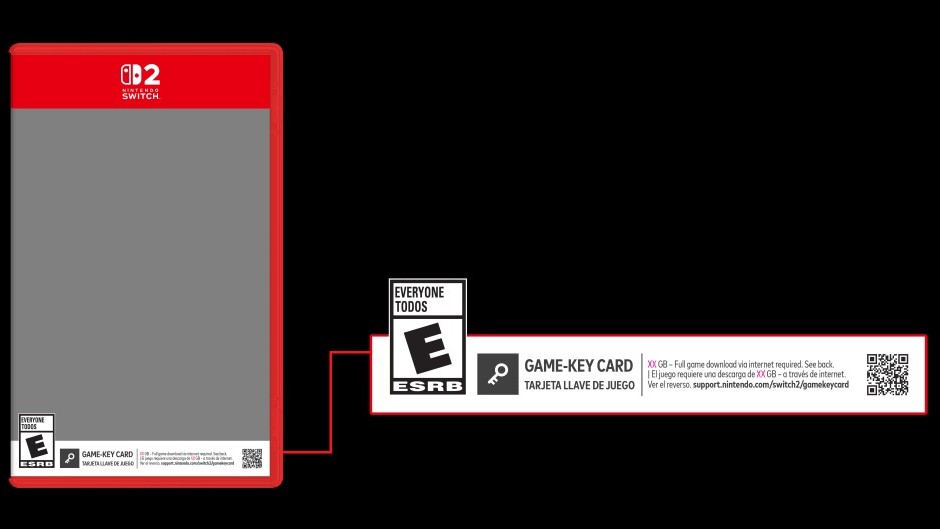
Opting for this Game Key Card method isn't solely an attempt to curb emulation. There are other reasons, too, as the Switch 2 cartridges are limited to a 64GB capacity. This is double the amount of the original Switch, but still might not be enough, which helps explain why the Switch 2 features 256GB of built-in storage, compared to the 8GB from the original.
With that in mind, it will be interesting to see what, if anything, comes to Switch 2 emulation on non-Nintendo hardware like Android handhelds.
Now that the cat's out of the bag, Nintendo's warpath on emulators makes a lot more sense. And it's definitely a shame, as I love being able to play my favorite games using whatever device I want.
Ultimately, I think that we're going to experience a bit of a lull when it comes to Switch emulation. There have been quite a few attempts by others to pick up where Ryujinx and Yuzu left off, but it's just not the same vibe anymore. Thankfully, the Switch 2 release isn't too long of a wait, just long enough for me to still turn to my various Android gaming handhelds when the mood to play Switch games strikes.

Andrew Myrick is a Senior Editor at Android Central. He enjoys everything to do with technology, including tablets, smartphones, and everything in between. Perhaps his favorite past-time is collecting different headphones, even if they all end up in the same drawer.
You must confirm your public display name before commenting
Please logout and then login again, you will then be prompted to enter your display name.
